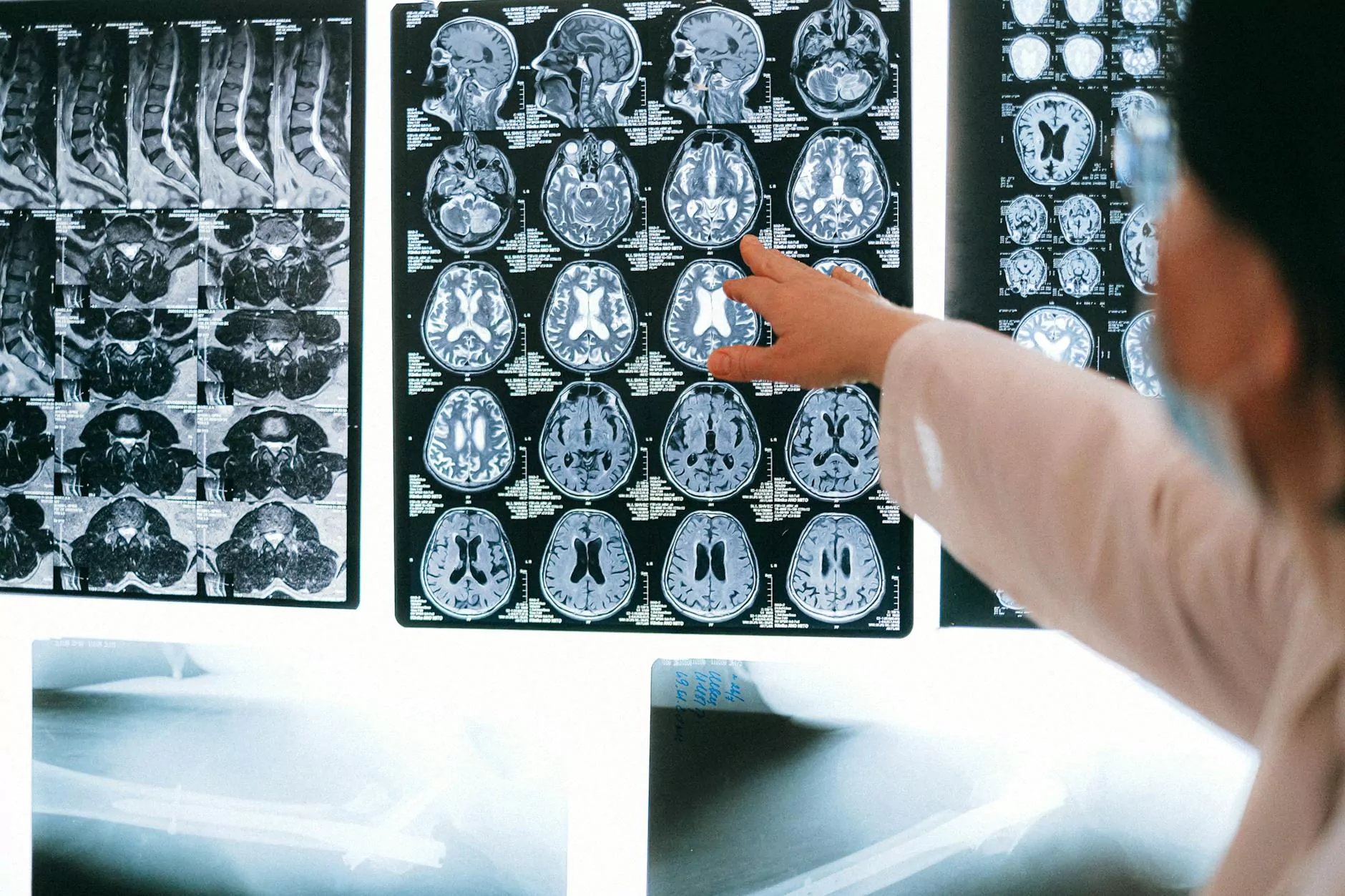Digital X-Ray
Injuries
Welcome to Pain Cream Advisors, your ultimate resource for all things related to health. In this informative guide, we will explore the revolutionary world of digital x-ray technology and its significant impact on accurate diagnosis and effective treatment. Join us as we delve into the depths of this innovative imaging technique and its numerous benefits in the realm of healthcare.
The Evolution of X-Ray Technology
X-ray technology has long been a cornerstone in the field of medical imaging. It has revolutionized the way healthcare professionals diagnose and treat various conditions, providing invaluable insights into the human body. Over the years, x-ray technology has evolved significantly, with digital x-rays leading the way.
What is Digital X-Ray?
Digital x-ray, also known as computed radiography, is an advanced imaging technique that utilizes digital sensors to capture x-ray images. Unlike traditional film-based x-rays, digital x-rays provide enhanced image quality, faster results, and greater convenience for both patients and healthcare providers.
The Advantages of Digital X-Ray
Digital x-ray technology offers several key advantages over conventional film-based x-rays. Firstly, it eliminates the need for time-consuming film processing, allowing for immediate image evaluation. This not only speeds up the diagnostic process but also reduces patient waiting times, making it a highly efficient solution in busy healthcare settings.
Moreover, digital x-rays produce high-resolution images that can be easily manipulated and enhanced for better visualization. Healthcare professionals can zoom in on specific areas, adjust image contrast, and even apply various filters to optimize diagnostic accuracy.
Additionally, digital x-ray systems produce significantly lower radiation doses compared to traditional x-ray machines, ensuring patient safety without compromising image quality. Such advancements in radiation reduction have made digital x-rays a preferable choice for pediatric patients and individuals requiring frequent imaging.
The Applications of Digital X-Ray
The versatility and reliability of digital x-ray technology have made it an indispensable tool across various healthcare disciplines. From orthopedics to dentistry, digital x-rays can provide valuable insights into the underlying causes of different conditions, assisting in accurate diagnosis and treatment planning.
Orthopedics
In the field of orthopedics, digital x-rays play a crucial role in visualizing fractures, joint abnormalities, and other musculoskeletal conditions. Orthopedic surgeons rely on digital x-rays to guide surgical interventions and monitor the progress of fracture healing.
Dentistry
Digital x-rays have revolutionized the world of dentistry, enabling dentists to detect cavities, periodontal diseases, and other oral conditions with exceptional precision. By capturing detailed intraoral images, digital x-rays aid in the development of tailored treatment plans, resulting in improved dental health outcomes.
Radiology
In radiology, digital x-ray technology has transformed the way radiologists interpret and analyze images. Advanced software algorithms and tools allow radiologists to manipulate digital x-ray images, zooming in on suspected abnormalities, and collaborating with other specialists for accurate diagnoses.
Emergency Medicine
Digital x-ray technology has proven to be a game-changer in emergency medicine. With its rapid image acquisition and immediate availability, digital x-rays aid in efficient triage of trauma patients, helping healthcare providers prioritize treatments and interventions accordingly.
The Future of Digital X-Ray Technology
As technology continues to advance, so does the realm of digital x-ray imaging. Researchers and innovators are constantly exploring new avenues to enhance image quality, reduce radiation exposure, and improve patient comfort.
One such advancement is the development of portable digital x-ray systems, allowing for on-the-spot imaging in remote locations or emergency situations. These portable systems enable healthcare professionals to provide timely care, especially in areas where access to traditional imaging facilities is limited.
Furthermore, the integration of artificial intelligence (AI) technology with digital x-rays holds immense promise in expediting the diagnostic process. AI algorithms can analyze digital x-ray images, intelligently highlighting potential abnormalities and assisting healthcare providers in making accurate diagnoses swiftly.
Conclusion
In conclusion, digital x-ray technology has revolutionized the field of healthcare, offering numerous advantages over traditional film-based x-rays. Its ability to provide high-quality images, reduced radiation exposure, and immediate results has made it an invaluable asset in accurate diagnosis and effective treatment.
At Pain Cream Advisors, we aim to provide you with comprehensive information on digital x-ray technology and its applications across various medical disciplines. Stay tuned for more insightful articles and updates as we explore the ever-evolving landscape of health and technology.




